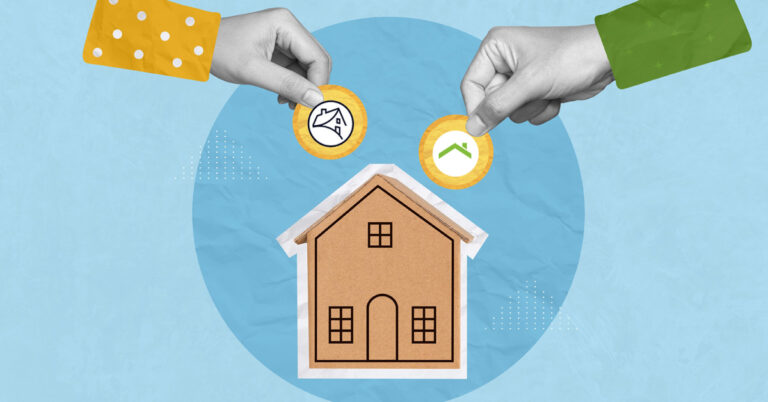With the first batch of COVID-related forbearance plans hitting the end of their original six-month term, active forbearance volumes plunged 18% between September 29 and October 5, according to data from Black Knight.
The plummet — a decrease of some 649,000 forbearances from the previous week — marks the largest single-week reduction in active forbearances since the pandemic began, a significant bump from the average weekly decline of 435,000 when the first batch of forbearances hit their three-month point in July. The drop brought the national forbearance rate to 5.6%, down 6.8% from the week prior.
The decrease brought the number of homeowners in COVID-related forbearance plans to 2.97 million as of October 6, representing approximately $614 in unpaid principal. It’s the first time that the total number of active forbearance plans dropped below 3 million since the middle of April.
Declines were broad-based among investor types, with the largest weekly decreases posted by forbearances on loans in banks’ portfolio and private label securities. Such loans saw a decrease in forbearance rate of 24% from the previous week, a drop of about 228,000 mortgages. Government-backed loans also saw big drops, with forbearances of government-sponsored enterprise (GSE) loans and FHA/VA loans falling by 213,000 and 208,000, respectively.
According to Black Knight, it’s likely that more forbearances will either expire or see extensions over the course of October. Another 800,000 forbearances are set to reach the end of their initial six-month terms during the month.
About 4% of GSE-backed loans do remain in foreclosure, along with 9.4% of FHA/VA loans and 5.6% of loans in private label securities and bank portfolios. Some 78% of loans still in active forbearance have had their terms extended at some point since March.








